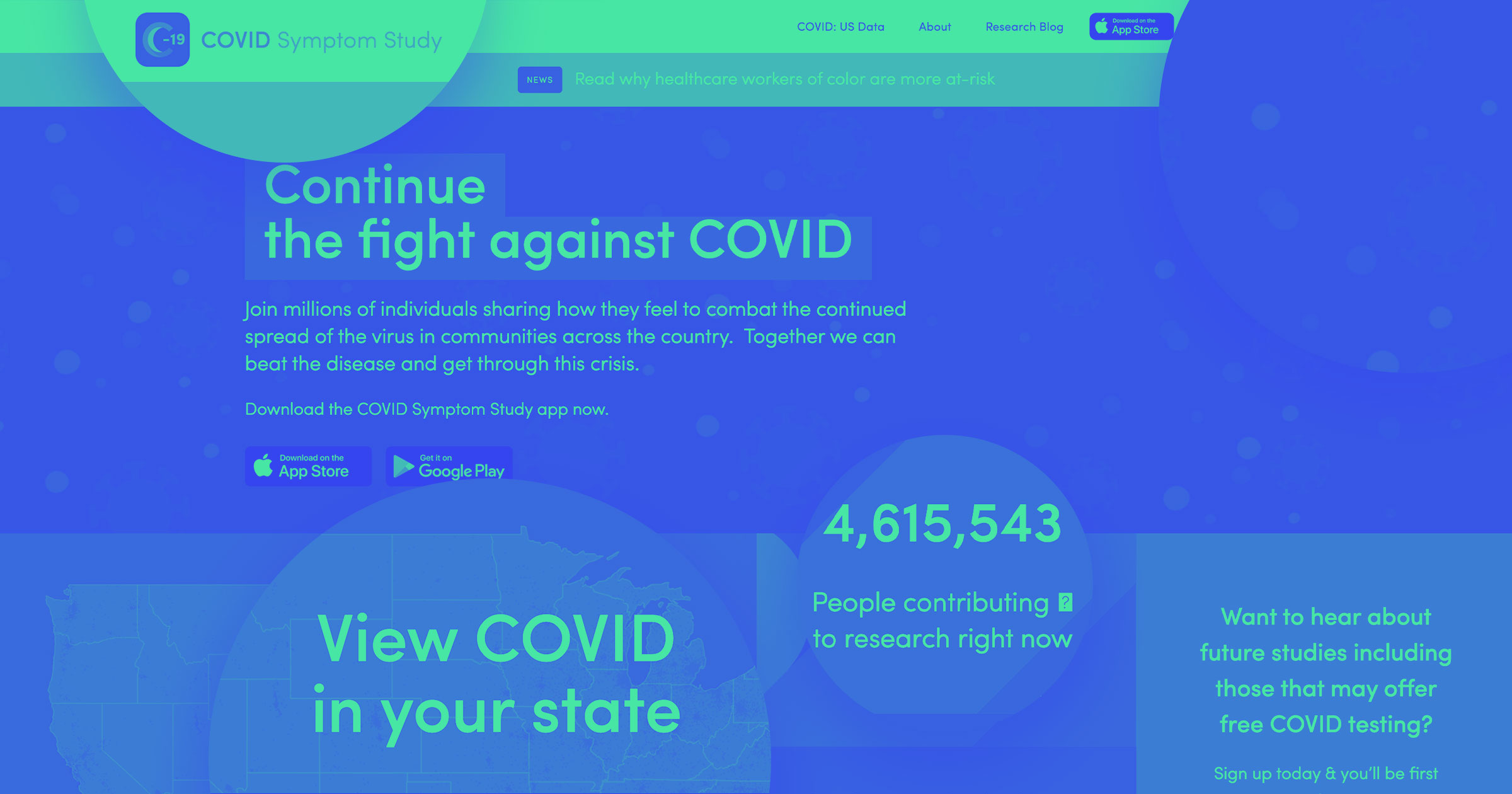Search is changing, and so are the rules of visibility.
Answer engine optimization (AEO) is the practice of structuring content so it shows up in AI-powered results, like Google’s AI Overviews, ChatGPT, or voice search assistants. To know whether your efforts are working, you need AEO tools. These platforms track brand mentions, citations, and visibility across large language models (LLMs).
To optimize your content to show up in AI answers, you need to understand how your brand shows up using one of many AEO tools available. AEO tools track your brand’s visibility in AI answer engines and offer insights in improving said visibility. They can also showcase how well competitors are doing in AI search and highlight content gaps you can then fill.
Read on to find the right AEO toolkit for your content type and marketing goals.
AEO tools explained
AEO tools monitor how often your brand appears in AI-driven answer engines — like Google AI Overviews, ChatGPT, Claude, and other LLMs. These tools showcase which sources these engines pulled from for their answers so you know which content is performing best. Some tools even provide a full AI search audit that assesses how AI crawlers read and index your site.
You can use these insights to adjust your site’s AEO strategy in the hopes of becoming the go-to source when people ask AI answer engines a brand-relevant question.
Becoming that go-to source is worthwhile.
Semrush found that clicks from AI answer engines can lead to more than four times more conversions.
AEO tools vs. traditional SEO tools
Traditional search engine optimization (SEO) tools offer insights that can help you rank in search engine results, while AEO tools help you tweak pages so they appear as the answer in AI-generated responses.
Say your website has a blog post titled “How to time block for better time management.” Traditional SEO tactics — such as optimizing metadata, backlinks, and topical coverage — might boost your ranking on sites like Google and Bing.
With AEO, the focus shifts to how well your content answers the question itself. An AEO tool will measure:
- How often your brand/content appears in AI-generated answers and search overviews
- The sentiment and context behind those mentions
- Topic and keyword alignment with AI-driven queries
Say someone asks AI, “How can I time block to manage my time better?” The system is more likely to choose the clearest page as the featured answer, even if it’s not the first search result on Google.
8 AEO tools to improve LLM visibility and citations
Here are eight of the best AEO tools for improving content visibility in AI-powered search.
1. Ahrefs
Ahrefs is a popular SEO tool, and it also offers a Brand Radar feature for tracking your visibility and mentions across search engines and AI models. It has dedicated indexes for platforms like ChatGPT, Microsoft Copilot, and Google’s AI Overview.
Key features
- AI visibility share tracking. Monitor how often your company name or content appears in AI-generated responses. Compare your share with competitors to reveal content gaps and rising leaders in your industry.
- Prompt-level performance data. Analyze your site’s performance across millions of AI-generated prompts. Find out which topics you’re dominating and which need improvement.
- AI response extracts. View real examples of how AI summaries present your brand, and check whether the tone, sentiment, and context match your intended messaging.
Pricing
- Base feature subscriptions: Starting at $129 per month
- Optional AEO add-ons: Starting at $199 per month per index
2. Profound
Profound is an AEO platform for enterprise companies that want to monitor their online presence and boost AI search mentions. It offers advanced tools to forecast future visibility trends, which is useful if you’re operating across multiple regions or markets.
Key features
- Brand mentions and sentiment tracking. Profound shows you how often AI models like ChatGPT and Perplexity bring up your brand. You can also analyze the tone of those references and discover which external sources these AI systems rely on when talking about your company.
- Search query data from AI platforms. Most traditional SEO tools focus on Google as the dominant search engine. But Profound provides search volume insights for multiple AI models.
- Crawler and content interpretation analysis. Analyze how different AI platform crawlers access and interpret your content. This information highlights which pages need better indexing context.
- Geographic segmentation. Profound breaks down AI responses by region so you can track how AI models present your brand in different markets.
Pricing
- Profound Lite: $499 per month
- Enterprise: Custom quote
3. Semrush
Semrush is another popular AI-powered SEO tool, and its AI SEO Toolkit ventures into generative search. It monitors how often, and in what context, your company appears in AI answer engine responses. However, Semrush is only available to one user at a time, so you’ll have to buy additional seats for a team.
Key features
- Monitor mentions across AI models. Semrush tracks your brand’s mentions and sentiment across models like ChatGPT, Gemini, and Claude.
- Analyze visibility through categories. This feature allows you to monitor your brand’s overall visibility, specific products or services, and niche topics. Semrush breaks AI mentions into granular categories, making it easier to pinpoint changes in performance.
Pricing
- SEO plans: Starts at $117 per month
- Optional AEO add-ons: $99 per month per domain
4. Scrunch AI
Scrunch AI offers monitoring and content alignment tools to track how AI models interpret and present your content. Its core AEO-related feature is showing you how to optimize for AI crawlers.
Key features
- AI search audit. Scrunch performs detailed audits to assess how AI crawlers read and index your website. It shows where AI might miss or misinterpret content and explains how to improve your site’s structure so AI understands it better.
- Regular visibility refreshes. With updates every three days, Scrunch provides a near real-time view of how your site shows up in AI-generated answers.
- Knowledge hub. Scrunch compares your pages with AI summaries and third-party sources to flag outdated information and inconsistencies. This ensures answers are as close to the original information as possible.
Pricing
- Starter: $300 per month
- Growth: $500 per month
- Pro: $1,000 per month
- Enterprise: Custom quote
5. Peec AI
Peec AI targets marketing teams that want to monitor AI search visibility across models. This is especially valuable for marketing campaigns and competitor comparisons.
Key features
- Real-time monitoring across LLMs. Track mentions across multiple platforms — such as ChatGPT, Claude, and Grok — to gain a broad view of how these models treat your content.
- Citation and source identification. Check which websites AI systems refer to when referencing your company. This way, you can measure authority, spot third-party misrepresentation, and find content gaps.
- Daily performance updates. Peec refreshes data every day, giving you an updated view of visibility and sentiment shifts.
Pricing
- Starter: €89 per month
- Pro: €199 per month
- Enterprise: Starting at €499 per month
6. Goodie
Goodie uses content optimization, sentiment analysis, and attribution tools to create an all-in-one dashboard for businesses. In addition to assessing website content, it focuses on bringing SEO and AEO into one marketing strategy.
Key features
- Cross-platform visibility scoring. Goodie tracks brand mentions across all the major LLMs and assigns visibility scores for each. It offers a quantitative way to define your content’s strength.
- Sentiment and content analysis. Beyond brand mentions, Goodie measures an answer’s tone, accuracy, and overall brand alignment to ensure LLMs represent your company and message as intended.
- AI optimization hub. Goodie has an optimization dashboard that tells you which pages need improvement and why. It also offers AI writing tools that create branded, AI-friendly content using your company’s voice.
Pricing
- Custom quote

See how you show up in AI search
Run your site through Webflow’s AEO Maturity Model for a real-time score and next steps.
7. XFunnel
XFunnel breaks AI mentions into visual segments. Instead of only offering broad data, it defines where and how your brand appears in AI responses across different markets, customer journey stages, and audience personas.
Key features
- Region-wise segmentation. XFunnel tracks brand mentions by country and region, helping you identify which markets need more localized optimization.
- Customer journey mapping. Learn how your brand appears in AI answers throughout the entire funnel, from awareness to the decision stage.
- Market opportunity scores. XFunnel shows untapped segments where your brand doesn’t appear. Based on this information, you can create new campaigns and update content to capitalize on high-value opportunities.
Pricing
- Free Starter: $0 for a one-time audit
- Enterprise: Custom quote
8. Similarweb
Similarweb’s Gen AI Intelligence provides brand visibility and traffic data to help you understand how you fare in AI answers. It also shows which prompts drive clicks and what content type performs best.
Key features
- Brand visibility across high-intent prompts. Similarweb maps your company’s online presence by topic so you know whether LLMs cite or overlook you. It also helps you uncover content weaknesses.
- Competitive benchmarking and market share. Compare your website’s performance with the top 30 competitors across any category. Similarweb will show you visibility gaps, a benchmark share of AI mentions, and areas where models underrepresent your brand.
- Traffic and landing page analytics. In addition to visibility metrics, Similarweb offers click-through rate (CTR) data. You can see which AI prompts drive traffic to your site and which landing pages perform well.
Pricing
- Starter: $199 per month
- Professional: $399 per month
- Team: Custom quote for five users
- Enterprise: Custom quote for 10 users
KPIs to track with AI search tracking tools
Here are the most important AEO key performance indicators (KPIs) to monitor.
Brand mentions in AI-generated responses
This KPI measures how often your brand’s name appears on AI platforms like ChatGPT and Google’s AI Overview. Even if they don’t cite you with a direct link, frequent brand mentions mean AI models recognize your website as a trustworthy source.
Domain citation frequency across LLMs
A domain citation occurs when an AI platform references your website in its answer, either by linking to it directly or mentioning it as its source. Similar to traditional backlinks in SEO, domain citations in AI system answers are endorsements. If an AI platform frequently links to your pages when explaining a topic, it recognizes your content as a credible source.
Alignment between AI answers and your brand
This metric checks how closely AI-generated responses reflect your actual content, like whether AI paraphrases your blogs accurately or specific cited facts match your original data. If AI drops important nuances or changes your tone, the information might still rank but could mislead or alienate your audience.
AI-referenced content types
This KPI tells you which content types — like blog posts, product landing pages, or FAQs — AI prefers citing. Knowing which formats perform best helps you prioritize and create content tailored to AI systems. For instance, if AI systems consistently pull from your how-to articles but ignore product pages, you might consider optimizing product pages for answer engines.
Key AEO tool features to search for based on your content strategy
Here are a couple of features to consider when deciding which AEO tools to add to your workflow.
Competitive benchmarking
This feature compares how often AI models mention your brand in comparison to competitors. It highlights any visibility gaps, your thought leadership authority, and areas where your closest competitors dominate AI conversations.
Tools like Profound and Similarweb give you a clearer picture of your discoverability versus the competition. They showcase where you share keywords, who you share them with, and how to adjust content to drive more traffic in AI platforms.
Sentiment and contextual brand representation
Great AEO tools analyze the tone of the content and the context in which AI models reference your brand. This is comparable to social listening. The results could be positive, negative, or neutral. They’ll also measure whether AI’s perception aligns with your messaging.
Software like Scrunch AI and Profound assess sentiment and flag messaging inconsistencies. You can use them to cross-check AI responses and update existing content for better AEO.
3 tips to maximize AEO tool use
Follow these three best practices to gain real value from your AEO tools.
1. Answer AI-friendly questions about your offering
Create a list of 10 to 20 high-intent prompts based on your products and services. For example, for a customer relationship management (CRM) platform, some prompts might be:
- What’s the best CRM for small businesses that want to track leads and automate follow-ups?
- Can you show me a CRM that integrates with email and calendar tools to manage customer relationships in one place?
- Which CRM platforms make it easy for sales teams to collaborate and share customer notes?
Run them through AEO tools with LLM simulation to discover if (and how) your content shows up. Then, optimize your pages around the most common questions and answers to improve your chance of appearing in AI responses.
2. Benchmark brand mentions in AI summaries
Both linked and unlinked mentions in AI summaries build your reputation as a credible source and improve brand recall, even if people don’t click through.
Set up recurring audits using AEO tools to track mentions. Most tools will let you filter by:
- Search query type, category, or topic
- Tone or sentiment of the mention
- The source platform, such as ChatGPT, Perplexity, or Claude
Check whether those mentions are accurate, on-brand, and associated with the right topics. If an AI model misrepresents your company, identify where it’s pulling that information from. It could be a third-party site or an outdated page.
Keep a log of these mentions and cross-reference them with your intended messaging. Then, update your content to steer AI in the right direction for future queries. If your brand appears in irrelevant or inaccurate contexts, users may not want to use your site as a resource.
3. Track and iterate based on micro-KPIs
AEO doesn’t always show immediate results in traffic or rankings, so it’s important to measure small success metrics — or micro-KPIs — to know whether your content strategy is working. Micro-KPIs reflect real-time improvements in discoverability, even before those changes show up in traffic or conversions.
Tools like Google Search Console and Semrush can track the following micro-KPIs.
Ranking for conversational search queries
These are longer, natural-sounding search terms that reflect how most people interact with AI search engines. If your site starts ranking well for these long-tail keywords and phrases, it means your content aligns with user intent and AI interpretation.
Appearing in featured snippets
Featured snippets are the highlighted boxes that appear at the top of Google results. They answer search queries directly, typically as definitions, lists, or tables. Appearing in featured snippets means your content is well-optimized for direct answers, and that increases your chance of AI picking up the same information.
Tracking CTR for question-style search terms
Click-through rate is the percentage of people who find your page in search results and click it. Tracking CTR for queries that include “how,” “what,” “why,” “best,” “top,” and similar terms will tell you how well your guides and listicles attract attention. A/B test your content to learn where your site stands and make adjustments to reach AI models.
Being credited in AI-generated summaries
Your content can appear in three ways in AI summaries: direct links, source mentions, and paraphrases without citation. With direct links, readers can go straight from the AI response to your content, driving traffic. Source mentions credit you for your work, showing readers you’re a trusted authority on the subject.
But when AI paraphrases you, readers don’t know your brand provided that information. AEO tools help you close that gap — they’ll find out whether you’re credited across models and suggest schema and content improvements that boost visibility.
Make your website AI-ready with Webflow
As LLMs influence how people search and discover content, you’ll need to think beyond traditional SEO and start optimizing for AI-powered search.
AEO tools can reveal how AI perceives your content and where you need to improve — but those insights only pay off if your website’s foundation is solid. With Webflow, you can build well-structured, search-optimized websites that are navigable for both humans and AI.
Use Webflow to create clean, semantic HTML that helps AI systems understand your site’s structure and context. And design intuitive navigation that guides human visitors and bots to your most important content. Plus, explore our many built-in AEO and SEO features that make it easier to improve your marketing strategy.
Boost your search results metrics today with Webflow.

Build websites that get results.
Build visually, publish instantly, and scale safely and quickly — without writing a line of code. All with Webflow's website experience platform.































